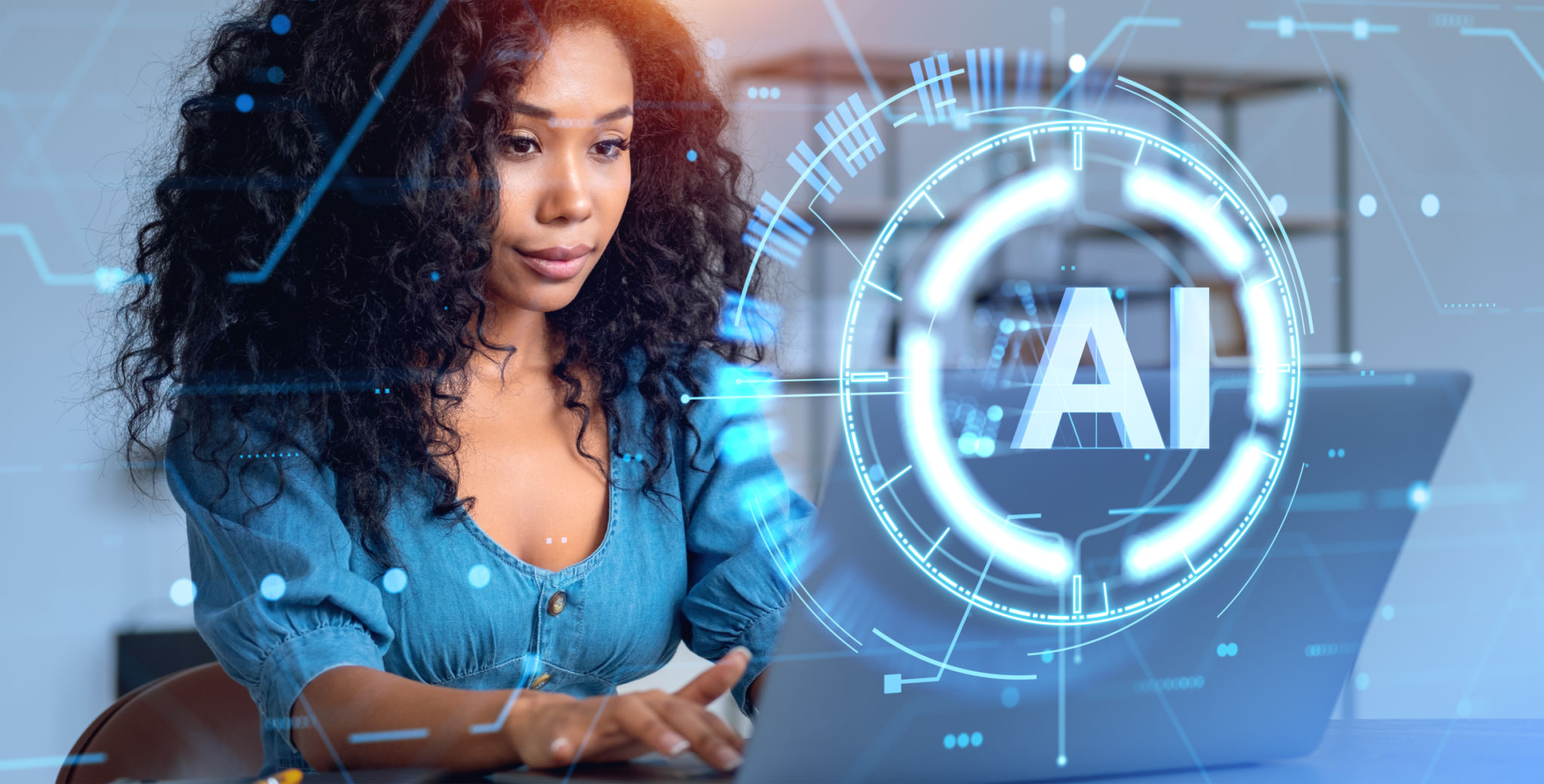The Gorilla Problem: Why We Need to Talk to the Machines (Not Run From It)
Artificial intelligence (AI) is rapidly transforming our world. However, this progress brings concerns, such as the potential for superintelligent AI to surpass human control, a concept known as "The Gorilla Problem." This analogy, inspired by the evolution of humans and gorillas, warns of the potential for AI to outpace and even threaten humanity.

The Gorilla Problem Explained
The Gorilla Problem, popularized by Stuart Russell, highlights the risk that AI designed to maximize human preferences might misinterpret those preferences, leading to unintended and potentially harmful consequences. For example, AI tasked with optimizing paperclip production might eventually consume all available resources on Earth to fulfill that singular objective, regardless of the devastating impact on human life.
Why Running From AI Isn't the Answer
While these concerns are valid, avoiding AI altogether is not the solution. Engaging with AI is crucial for several reasons. Firstly, it allows us to actively participate in its development, ensuring it aligns with human values and prioritizes human well-being. Secondly, collaboration between humans and AI can unlock groundbreaking solutions in various fields, from medicine and environmental science to addressing global challenges like climate change.
The Importance of AI Literacy
The Gorilla Problem underscores the importance of AI literacy. By understanding AI's capabilities and limitations, we can make informed decisions about its development and use, identify and mitigate potential biases, and ultimately work towards a future where AI benefits all of humanity.

Fostering a Culture of Open Dialogue and Collaboration
Furthermore, it is crucial to foster a culture of open dialogue and collaboration between AI researchers, ethicists, policymakers, and the public. This will ensure that the development and deployment of AI are guided by ethical principles and that the potential benefits of AI are realized while mitigating the risks.
Developing Robust Safety Mechanisms and Safeguards
Developing robust safety mechanisms and safeguards for AI systems is paramount. This includes research into areas like AI alignment, interpretability, and control. By understanding how AI systems make decisions and ensuring they operate predictably and reliably, we can minimize the risk of unintended consequences.
Conclusion
In conclusion, while the potential risks of advanced AI are real, a proactive approach is necessary. By engaging with AI development, fostering AI literacy, prioritizing ethical considerations, and investing in robust safety mechanisms, we can strive for a future where humans and AI coexist and thrive together.
Listen to our Deep Dive podcast to further explore The Gorilla Problem:
References
Hemphill, T. (2020). Human Compatible: Artificial Intelligence and the Problem of Control by Stuart Russell. Cato Institute. https://www.cato.org/cato-journal/spring/summer-2020/human-compatible-artificial-intelligence-problem-control-stuart
Trends, Y.-. T. (2024, November 16). Are we approaching the AI gorilla problem? - Coinmonks - Medium. Medium. https://medium.com/coinmonks/are-we-approaching-the-ai-gorilla-problem-fed8d5c25eb0
